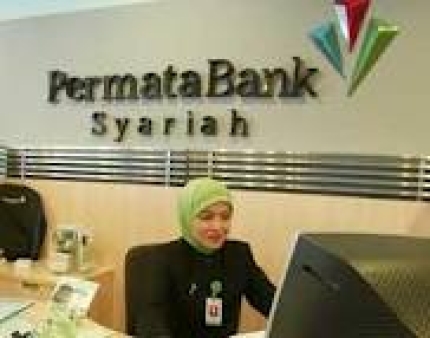
Permata eyes 65% sharia lending growth
Permata Bank Syariah is targeting a lending growth of 65 percent this year.
The ambitious target follows the bank's two-fold growth that reached Rp 3 trillion in 2011.
"We will align our growth with the aggressive growth target set by Bank Indonesia, which falls between the 60 to 65 percent range,” said Achmad K. Permana, head of Permata Bank Syariah.
Achmad added that Permata’s sharia unit would attain its target through the participation of the bank’s conventional units in introducing sharia-based products to customers, in addition to the adoption of successful products under the conventional line into sharia operations.
“We would have launched one product by the end of this year. We are not looking to launch many products because we would like to concentrate on what we already have,” he said.
The unit, which was established in 2004, has eight products, including deposits, current accounts and business financing.
“We booked a profit of Rp 133 billion in 2011, contributing close to 10 percent to Bank Permata’s profit of almost Rp 1.2 trillion,” he said.
The profit booked by Permata Bank Syariah last year is 41 percent more than figures in 2010 at Rp 94 billion. The growth in profits is also reflected in operational profits, which rose 35 percent to Rp 139 billion, buoyed by the growth of the net revenue margin and other operational revenues, which saw a sharp increase of 266 percent to Rp 335.9 billion in 2011.
“The increase can be attributed to one of our new products, which is Ijarah Muntahiyah Bittamlik [syariah fee-based income derived from leasing],” he said.
“This product, available for housing financing [KPR], corporate, as well as small and medium enterprises [SMEs], grew more than two-fold credit-wise.”
Permata Bank Syariah also recorded an increase in financing, which grew 107 percent to Rp 3 trillion from Rp 1.4 trillion in 2010.
“The distribution between corporates, SMEs, KPR and consumer assets is almost equal, with corporates contributing around 30 percent, KPR at around 25 percent and SMEs at around 20 percent,” he said.
Third party financing grew more than credits, affecting the financing-to-deposit ratio, which touched 82 percent in 2011 compared to 84 percent in 2010.






















 Advertise
Advertise








